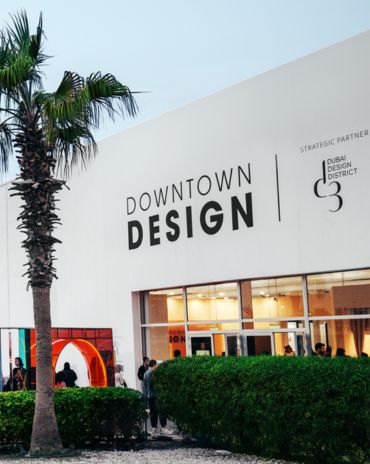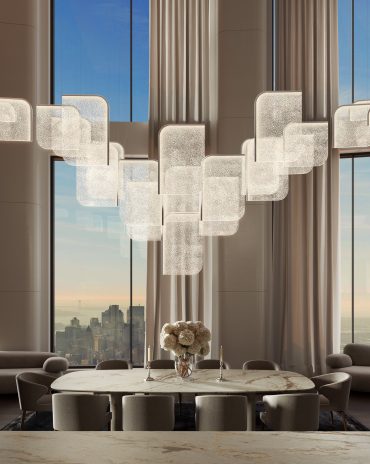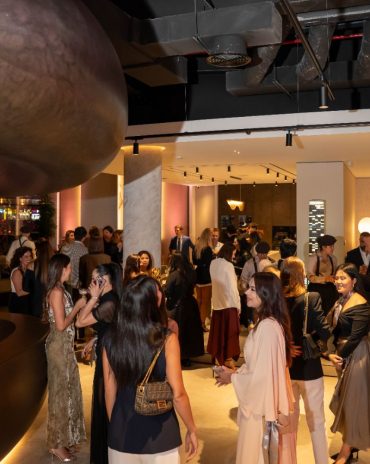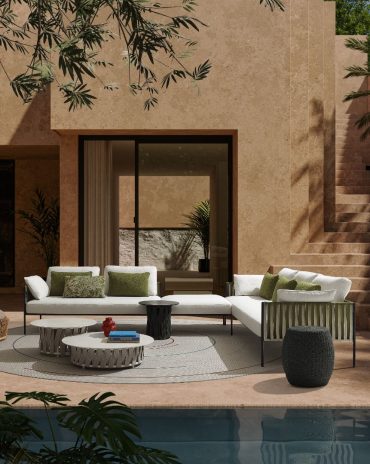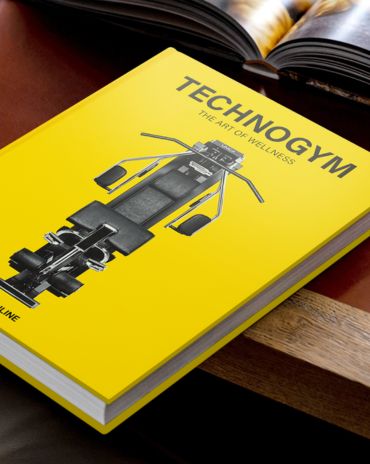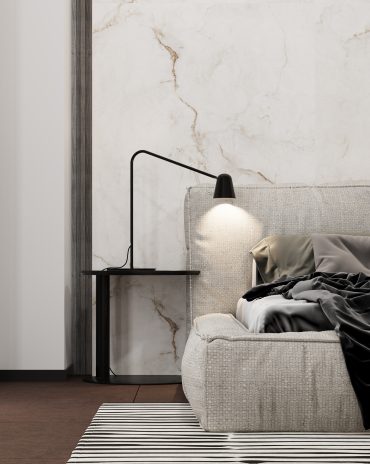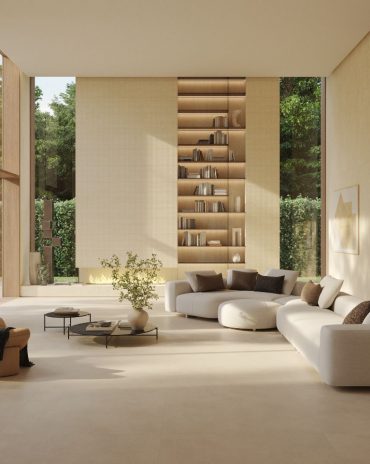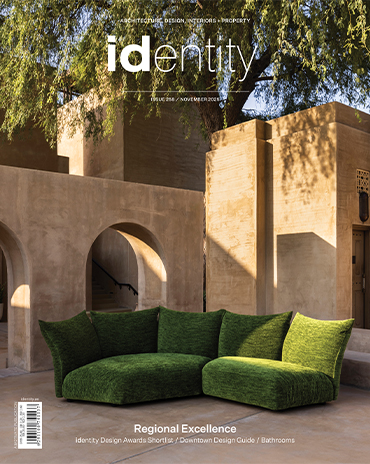Copyright © 2025 Motivate Media Group. All rights reserved.
Building Sharjah is a new book chronicling the emirate’s modern architectural legacy
Building Sharjah is an extensive reference book of the city featuring never-before published images
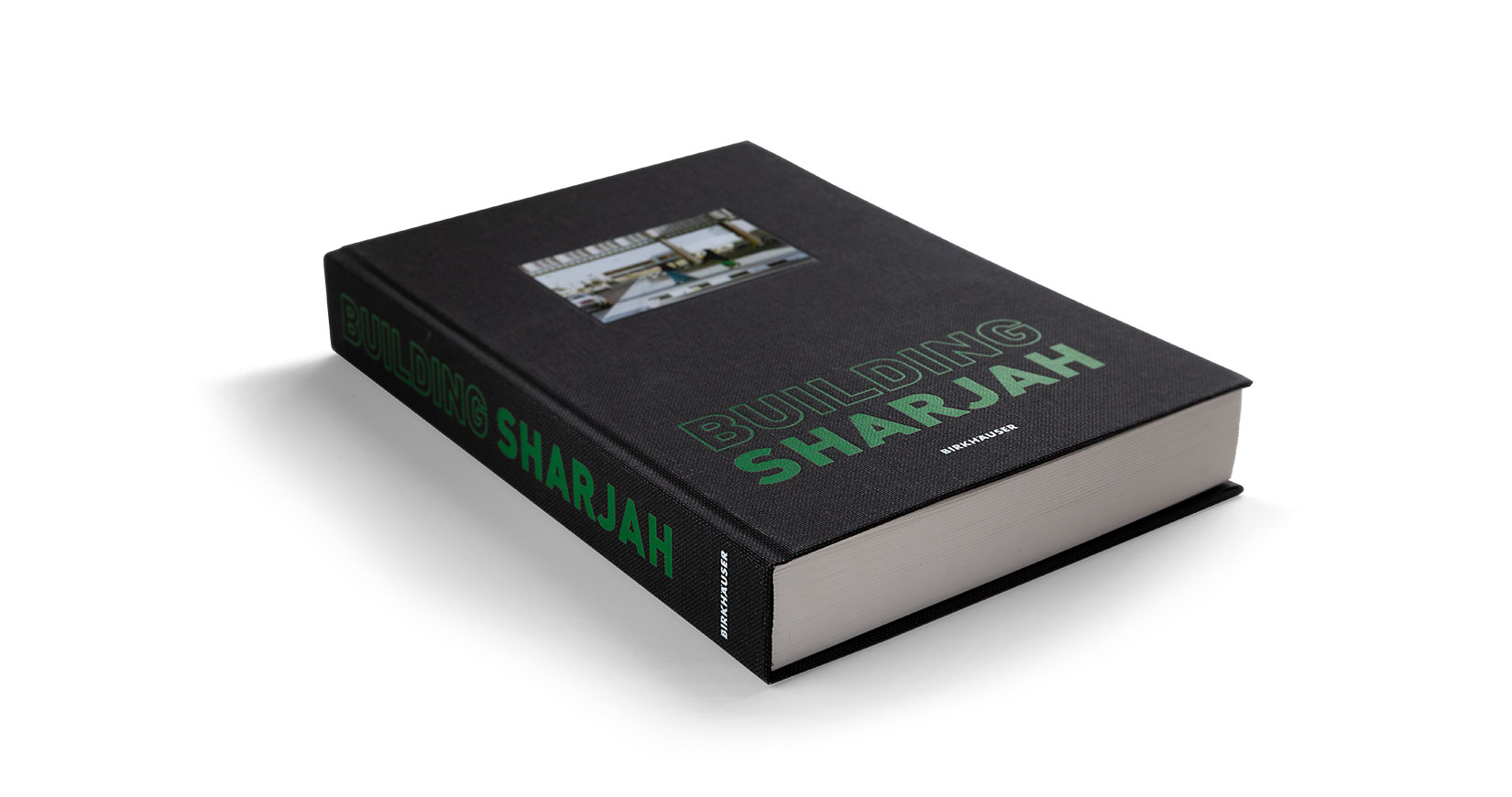
The United Arab Emirate’s third-largest city has been gaining global recognition for its efforts across education, environmental preservation and, particularly, the arts and the built environment, with many new and upcoming architectural projects by regional and international firms placing the city on the map as one to watch.
While its contemporary projects are gaining traction in the architectural world, Sharjah’s early modernist buildings have been either largely demolished or – albeit recently – renovated for preservation.
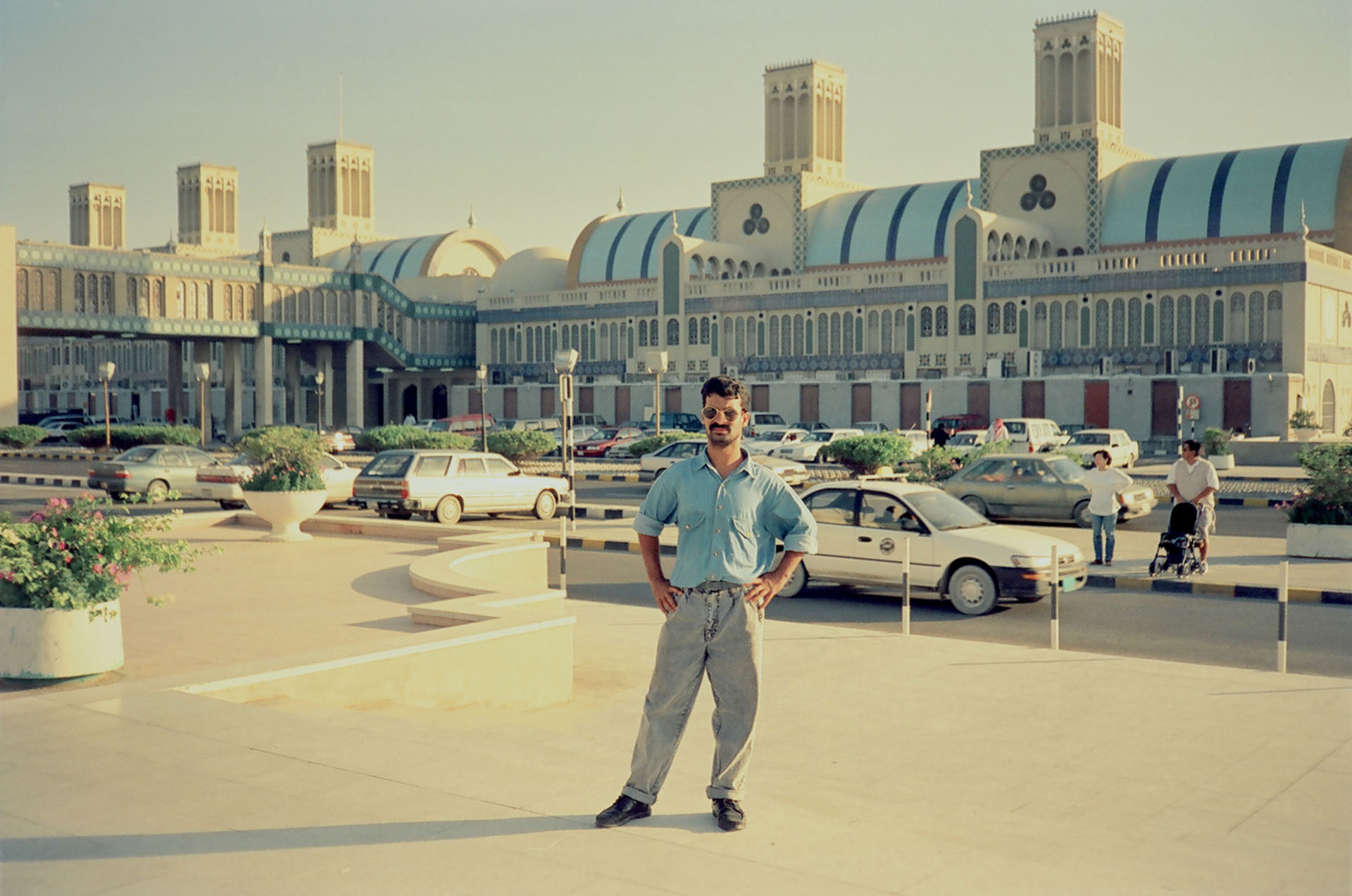
The Central Souk, designed by British firm Michael Lyell Associates and completed in 1978. Courtesy of Prem Ratnam.
Co-edited by Sultan Sooud Al Qassemi and Todd Reisz and published by Birkhäuser, Building Sharjah is a new book that preserves the memories of the city’s urban landscape, “including the parts once imagined, and those no longer to be found.”
“Building Sharjah tells the tale of how modern architecture unfurled across the UAE’s third-largest city,” says the team. “As much of the city’s early modern architecture has been demolished or drastically renovated, a vivid collection of unpublished photographs and a broad range of voices preserve a disappearing landscape. Together, images and words reveal an ongoing search for an identity. [It is] a primary source for visitors, residents, researchers, students and scholars who are keen to understand how modern ambitions came together to engineer a global city.”
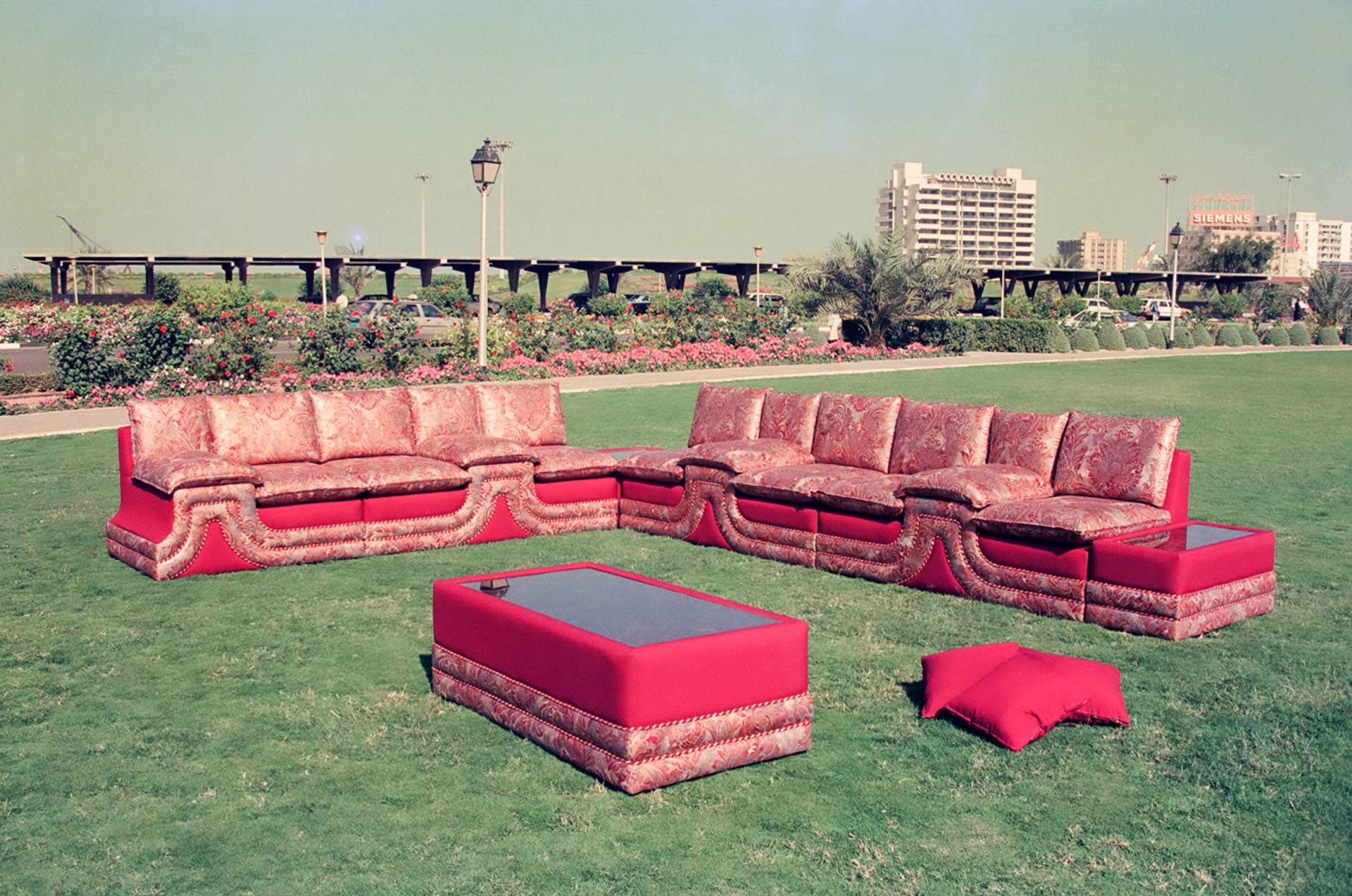
In front of Sharjah’s landmark hillocks inscribed with ‘Smile, You Are in Sharjah’, stands Sharjah Tower, designed by Halcrow Group Architectural Practice in 1986. Courtesy of Prem Ratnam.
The book features nearly 600 images from dozens of sources – most unpublished until now – covering 60 projects in Sharjah, as well as commissioned contributions from 17 writers whose work ranges from literary fiction to neighbourhood memoir and heartfelt historical analysis. It also includes a curated timeline of the city between 1700 and 1995, highlighting significant political, economic, social and cultural events that have influenced the architectural and urban fabric of the city.
“Sharjah has been shaped in the past century by a number of historically consequential moments or phases,” the team explains. “One phase was initiated during the British presence in the emirates in the 1930s when the UK government built an air station in Sharjah, resulting in the 1932 Sharjah airport known as Al Mahatta – the region’s first airport. A subsequent development phase started in the 1960s and left a number of impressions on the city, including the first master plan, which was produced in 1963.
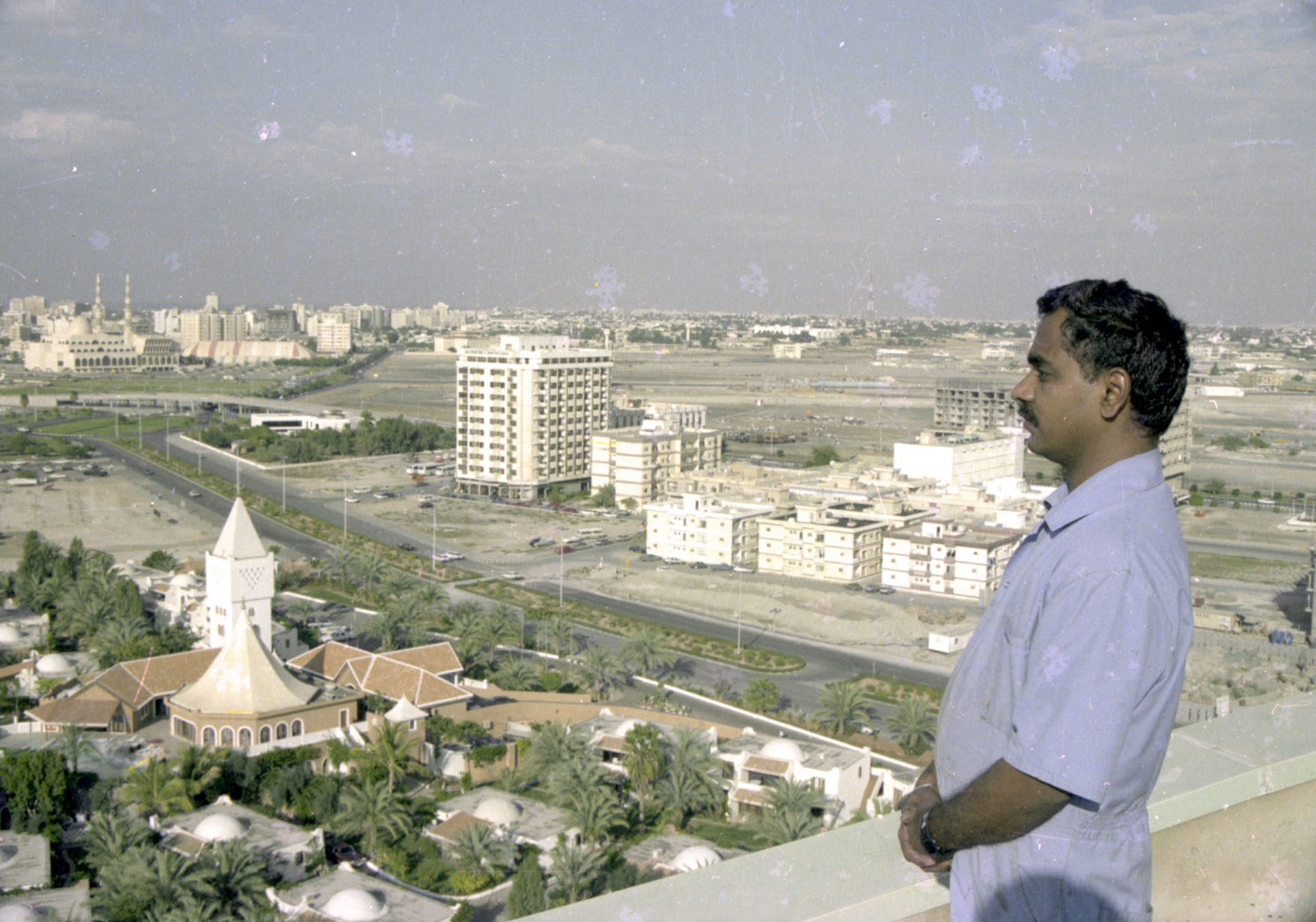
“Upon oil production commencing in July 1974, most of the city’s modernist architecture began to appear. The following phase, which continues to contribute a visible aspect on Sharjah’s urban landscape to the present day, is when the city took a conscious decision to adopt a more Islamic-inspired architectural identity.”
Based on five years of research, some of the projects and landmarks highlighted in the title include: Al-Shaab Cultural & Sports Club, designed by British architecture firm Brewerton; Al Arouba Street in the late 1960s; and the Buhaira Corniche.
The Latest
Dubai Design Week 2025 Unfolds: A Living Celebration of Design, Culture, and Collaboration
The 11th edition of the region’s leading design festival unfolds at Dubai Design District (d3)
Preciosa Lighting Unveils ‘Drifting Lights’ at Downtown Design 2025
The brand debuts its newest 'Signature Design' that explores light suspended in motion
IF Hub Opens in Umm Suqeim
A New Destination for Design and Collaboration in Dubai
The Language of Weave
Nodo Italia at Casamia brings poetry to life
The Art of the Outdoors
The Edra Standard Outdoor sofa redefines outdoor living through design that feels, connects and endures
The Art of Wellness
Technogym collaborates with Assouline to release a book that celebrates the brand’s 30-year contribution to the fitness industry
The Destination for Inspired Living – Modora Home
Five reasons why you need to visit the latest homegrown addition to the UAE’s interiors landscape
Elemental Balance — A Story Told Through Surfaces
This year at Downtown Design 2025, ClayArk invites visitors to step into a world where design finds its rhythm in nature’s quiet harmony.
The identity Insider’s Guide to Downtown Design 2025
With the fair around the corner, here’s an exciting guide for the debuts and exhibits that you shouldn’t miss
A Striking Entrance
The Oikos Synua door with its backlit onyx finish makes a great impression at this home in Kuwait.
Marvel T – The latest launch by Atlas Concorde
Atlas Concorde launches Marvel T, a new interpretation of travertine in collaboration with HBA.
Read ‘Regional Excellence’ – Note from the editor
Read the magazine on issuu or grab it off newsstands now.





